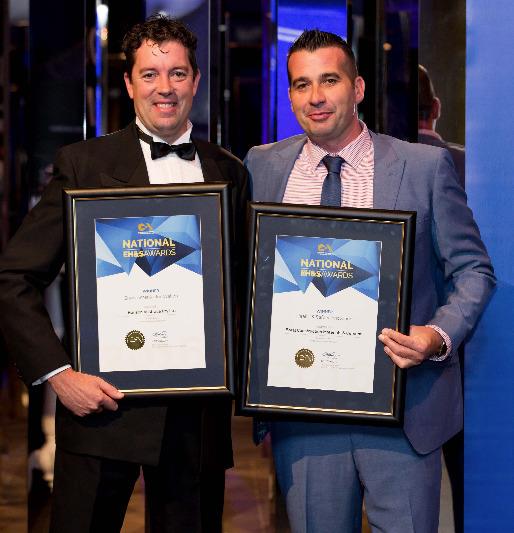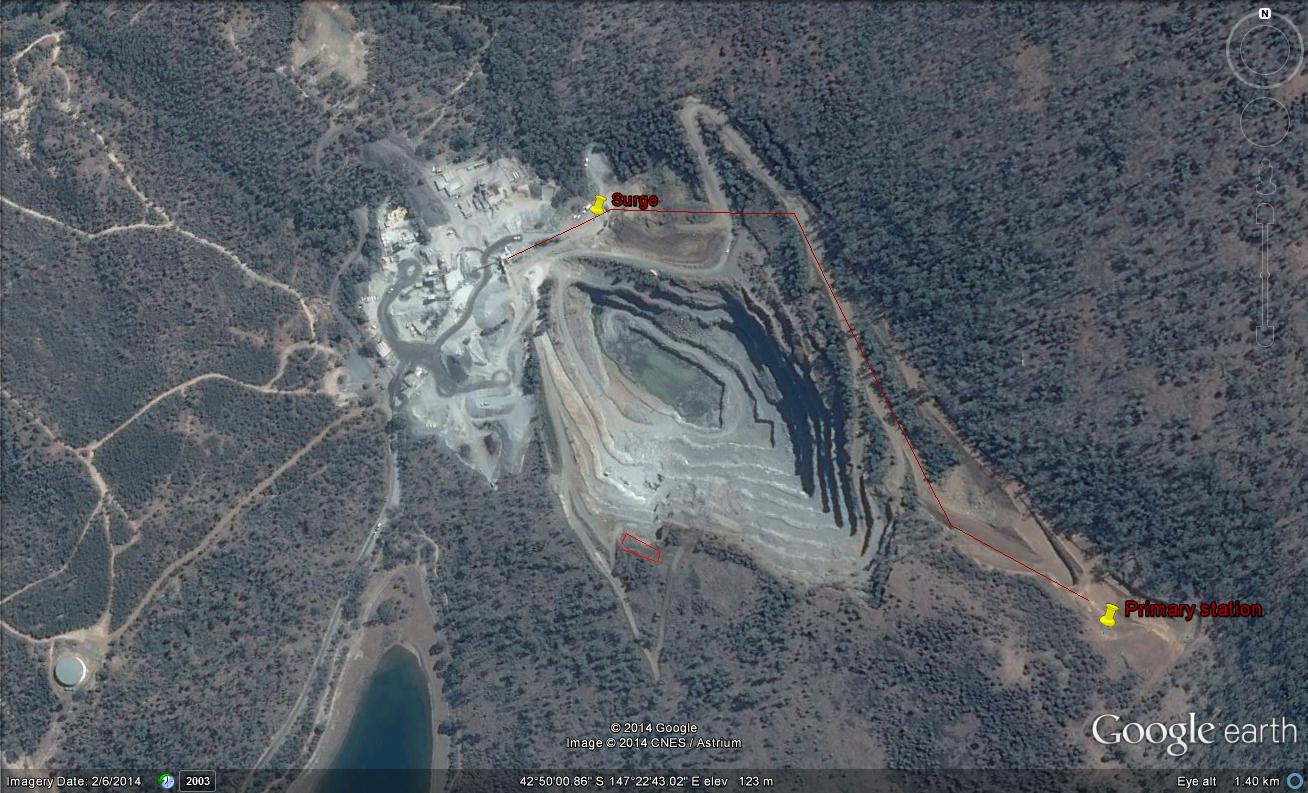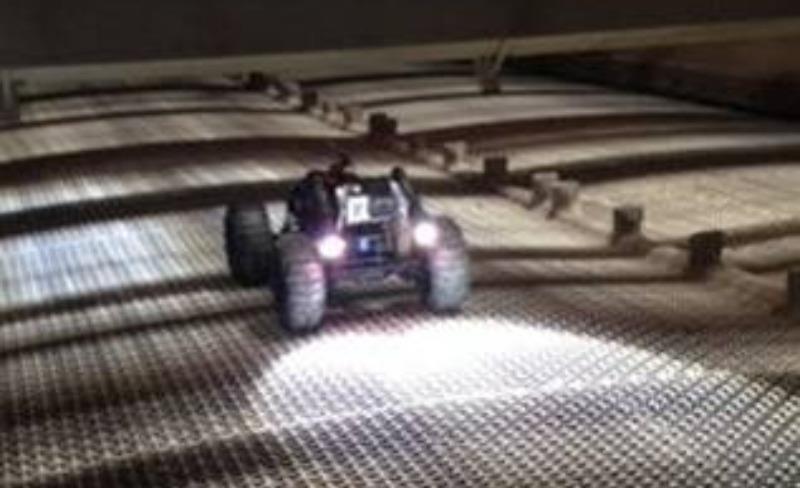Heavy construction materials industry shines a light on best practice at CCAA EH&S Awards
A quarry conveyor system that generates power and a remote-controlled miniature vehicle fitted with infrared cameras to inspect confined spaces have been named the heavy construction materials industry’s top environmental health and safety innovations for 2016.
The national winners of the CCAA Environment, Health and Safety (EH&S) Awards were announced at the Construction Materials Industry Conference (CMIC) gala dinner in Melbourne on 27 October 2016.

Murray Butterworth (left), Operations Manager Country VIC/TAS Hanson receiving the National Environmental Innovation Award
Richard Tomkins (right), Operations Manager Quarries NSW/ACT receiving the National Health & Safety Innovation Award
Hanson claimed the Environmental Innovation Award for a power-generating downhill conveyor installed at its Hobart Quarry, while
Boral Construction Materials and Cement picked up the Health and Safety Innovation Award for its Autonomous Inspection Unit, developed and deployed at its Seaham Quarry in the NSW Hunter.
Hanson’s power-generating downhill conveyor came about from a need to move rock from new reserves at the top of a hill to an existing secondary/tertiary and screen plant at the bottom. The conventional approach would have been to haul the rock using three 50-tonne dump trucks over a 2.5 kilometre return cart. Instead, the quarry team came up with an innovative solution to use conveyors and harness the power generated by variable speed drives that, in effect, run in reverse when fully loaded and running downhill.
The power generated by this solution is used to run other parts of the crushing and screening operation, which in turn reduces electricity costs across the site. Beyond these savings, the conveyor solution also saves an estimated 170,000 litres of fuel per year, as well as improving dust and noise emissions, by removing the haul trucks from the equation.

Boral’s Autonomous Inspection Unit consists of a miniature remote control vehicle fitted with an infrared camera, used to inspect screens and chutes as part of the company’s preventative maintenance inspection routine at its Seaham Quarry.
Not only has this initiative removed the dangers to personnel associated with working in confined spaces, it’s also resulted in a significant saving in inspection times, paperwork and training, virtually eliminating the need for high risk permits and confined space training.
Boral says the Autonomous Inspection Unit could be adapted to suit any industry where inspections are required in a tight space, adding that it’s now looking at ways to further modify the unit so it can be used as an initial inspection tool for all its confined spaces.

The CCAA EH&S National Awards are held every two years and are contested by the winning projects from each state over the preceding two years.
CCAA Chief Executive, Ken Slattery, says the Awards underline and reaffirm the heavy construction materials industry’s commitment to best practice in environmental and health and safety performance.
“By shining a light on these initiatives, we’re providing ideas and solutions that can be adopted not just within our industry, but beyond,” Mr Slattery says.
For more information:
Marketing Department
Cement Concrete and Aggregates Australia
P 02 9667 8300 F 02 9693 5234
E:
[email protected]